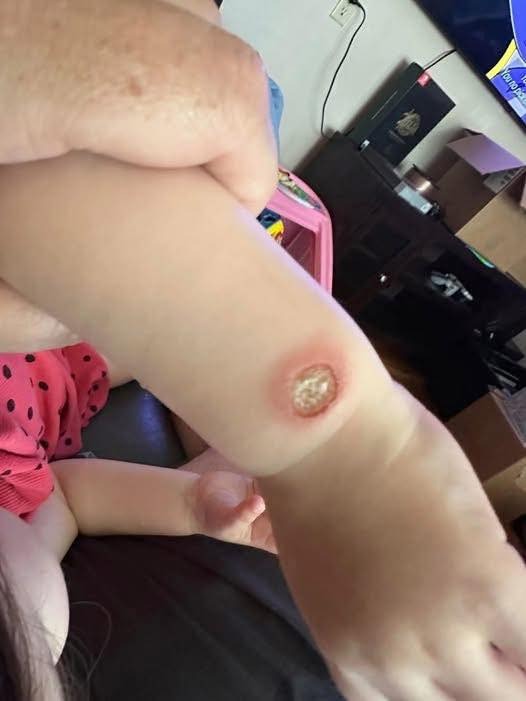Maintaining good oral health goes far beyond brushing and flossing. While many of us think of cavities or gum disease as the main dental concerns, there is another condition that deserves equal attention: oral cancer. Often underestimated and sometimes overlooked, this condition can affect different parts of the mouth, including the lips, tongue, cheeks, gums, and the floor of the mouth.
One of the greatest challenges is that oral cancer often develops quietly. Early changes may be painless or appear harmless, which is why so many cases are detected late. However, with growing awareness, modern diagnostic tools, and preventive strategies, individuals have more opportunities than ever to protect themselves.
This guide explores what oral cancer is, the signs to look out for, the risk factors, stages, treatments, and lifestyle strategies to help reduce risks.
What Exactly Is Oral Cancer?
Oral cancer is a type of cancer that starts in the tissues of the mouth. It can appear as a growth, sore, or patch that doesn’t go away. While anyone can be affected, certain habits and health conditions increase the likelihood.
The condition is serious because if left untreated, it can spread quickly to other parts of the body. Yet when detected early, oral cancer is treatable with a much higher success rate.
Types of Oral Cancer
Oral cancer isn’t limited to just one part of the mouth. It can develop in several areas:
Lip Cancer: Often linked to prolonged sun exposure without protection.
Tongue Cancer: May begin as an ulcer or persistent sore spot.
Cheek Cancer (Buccal Mucosa): Common among those who chew tobacco.
Gum Cancer: Starts in the tissues surrounding the teeth.
Floor of the Mouth Cancer: Found under the tongue, sometimes difficult to detect.
Palate Cancer: Occurs in the roof of the mouth and may spread to nearby sinuses.
Early Symptoms to Watch Out For
Early detection is key, yet the initial signs may not always be obvious. Some of the most common indicators include:
Mouth sores that don’t heal within two to three weeks
White or red patches inside the mouth
Unexplained bleeding
Lumps or thickened areas in the mouth
Difficulty chewing or swallowing
A persistent sore throat
Loose teeth without a dental cause
Numbness in parts of the mouth or face
Changes in voice or speech patterns
If any of these symptoms last longer than two weeks, it’s important to consult a dentist or medical specialist.
Risk Factors
Certain factors significantly increase the likelihood of developing oral cancer:
Tobacco use – Cigarettes, cigars, pipes, and smokeless tobacco are among the top risk factors.
Alcohol consumption – Heavy drinking, especially when combined with tobacco, increases risk dramatically.
HPV (Human Papillomavirus) – Some strains are linked to throat and oral cancers.
Sun exposure – Extended time outdoors without lip protection can raise risks.
Poor diet – Lack of fruits and vegetables can weaken the body’s defense systems.
Family history – Genetic factors play a role.
Age and gender – More common in men and in individuals over 40.
Stages of Oral Cancer
Doctors classify oral cancer into stages to determine treatment.
Stage 0 (Carcinoma in situ): Abnormal cells are present but have not spread.
Stage I: Tumor is smaller than 2 cm and limited to one area.
Stage II: Tumor between 2–4 cm, still without spread to lymph nodes.
Stage III: Tumor larger than 4 cm or spread to a single lymph node.
Stage IV: Advanced stage with spread to multiple nodes, tissues, or organs.
The earlier the detection, the better the chances of successful treatment.
Diagnosis
Dentists and doctors use several methods to identify oral cancer, including:
Visual examination – Checking for sores, discoloration, or lumps.
Biopsy – A sample of tissue tested in a lab.
Imaging tests – X-rays, MRI, or CT scans for detailed insights.
Endoscopy – A small camera to check deeper areas.
Treatment Options
Treatment varies depending on stage and location:
Surgery – Removal of the tumor or affected tissue.
Radiation therapy – High-energy rays target cancer cells.
Chemotherapy – Medication that destroys cancer cells.
Targeted therapy – Drugs designed to block cancer cell growth.
Immunotherapy – Boosts the body’s immune system to fight cancer.
Often, a combination of treatments is recommended.
Why Late Detection Is Dangerous
One of the greatest challenges with oral cancer is that early signs are often ignored. By the time symptoms worsen, the disease may have spread. Consequences of late detection include:
Spread to lymph nodes and organs
Severe facial or oral disfigurement
Difficulty speaking and eating
Extensive surgery and recovery time
Lower survival rates
Prevention and Lifestyle Changes
The good news: many cases of oral cancer can be prevented. Here are key strategies:
Avoid tobacco in all forms.
Limit or avoid alcohol.
Eat nutrient-rich foods including leafy greens and colorful fruits.
Use lip protection with SPF outdoors.
Maintain good oral hygiene.
Visit the dentist at least twice a year.
Get vaccinated against HPV if eligible.
Perform self-checks to spot changes early.
The Role of Regular Dental Check-Ups
Dentists are often the first to notice signs of oral cancer. Routine check-ups are vital, particularly for people with higher risk factors. The American Dental Association recommends biannual visits, but for smokers or heavy drinkers, more frequent visits are advised.
Living With Oral Cancer
A diagnosis is life-changing, but treatment is only one step. Survivors often go through:
Rehabilitation – Speech therapy, swallowing exercises.
Nutritional guidance – Adjustments to diet.
Emotional support – Counseling and support groups.
Follow-ups – To monitor for recurrence.
Many survivors also become advocates, spreading awareness to help others recognize early warning signs.
Global Impact and Awareness
Oral cancer is not just a local health issue—it’s global. According to the World Health Organization, hundreds of thousands of new cases are reported every year worldwide. Awareness campaigns in schools, workplaces, and online platforms are helping spread the message about prevention and early detection.
Countries with high tobacco use, for instance, have seen targeted campaigns focusing on quitting smoking. Meanwhile, community dental programs are working to provide free screenings in underserved areas.
Final Thoughts
Oral cancer is a serious but often preventable condition. The key lies in awareness, prevention, and early detection. By adopting healthy lifestyle choices, staying alert to unusual changes in the mouth, and scheduling regular dental check-ups, individuals can dramatically lower their risks.
If you ever notice persistent sores, lumps, or changes in your mouth that don’t heal, do not ignore them. Consult a dentist or healthcare provider promptly. Early action not only improves treatment outcomes but can truly save lives.
Maintaining good oral health is about more than just a smile—it’s about overall well-being and longevity.


